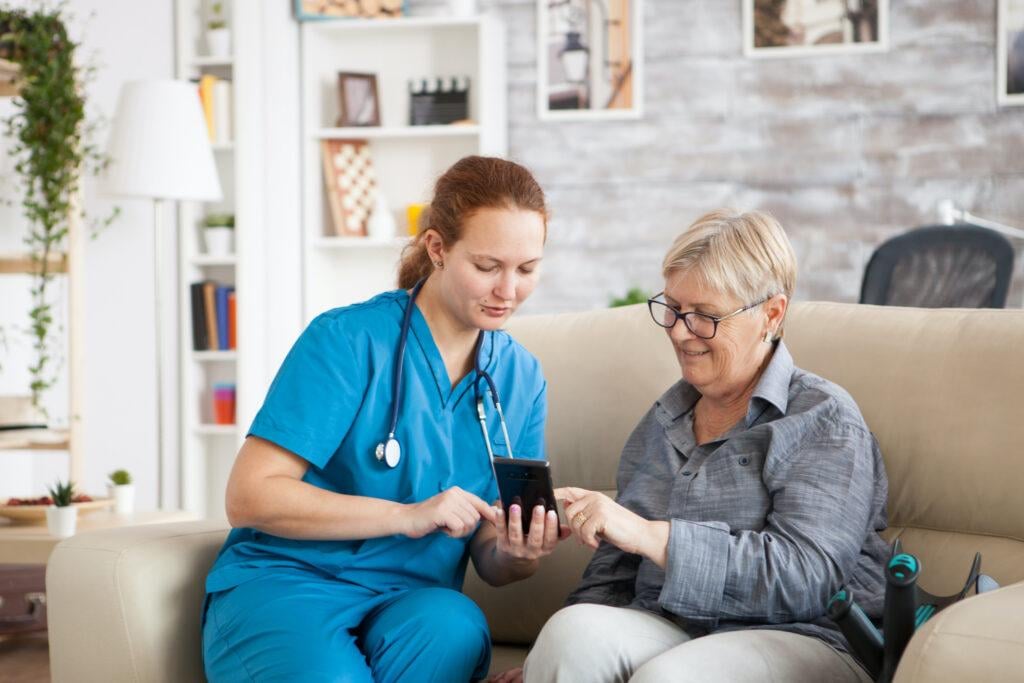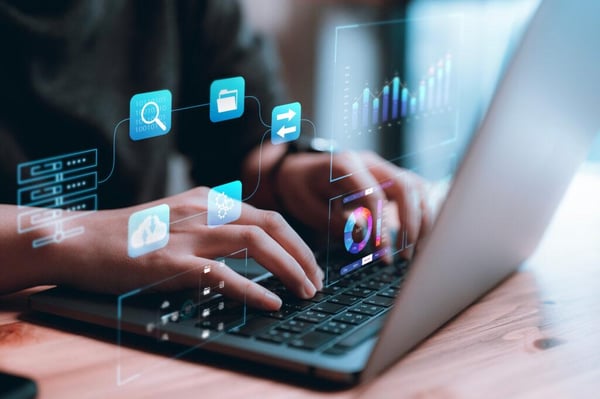For an outstanding CQC report, you need to be able to demonstrate that your service is:
-
Safe
-
Effective
-
Caring
-
Responsive
-
Well-led
In this article, we will look at how you can demonstrate that your service is Effective, and particularly how technology can help you to do so.
Is the service you provide effective?
In the CQC’s eyes, Effective means: Does your service do what it is meant to do? Is your service meeting the needs of your clients?
1. Recruitment
Although mentioned in the previous article, evidencing that your staff have the skills to meet the needs of individual clients is again essential if you want a high CQC rating. A single place to find digital records which can demonstrate training, skills and experience of staff that you can access confidently and quickly when asked gives reassurance to inspectors and family alike. If, for example, you have a client-specific need such as a learning disability, you want to be able to demonstrate that the staff working with that client are sufficiently skilled to provide the best supportive care.
Induction training is the foundation for shared best practice across the organisation and therefore needs to be clearly recorded. Access to refresher information, policies and procedures, and further training reinforces this effectiveness.
2. Care Plans and Risk Assessments
Effective care will mean something different for each client, whether that be facilitating them to live their life as independently as possible and retaining their ability to self-care or providing complex care for intubated clients and supporting their families.
Care plans and risk assessments demonstrate that you are listening to each individual and co-creating a shared plan to provide the care that is effective for them, including their own personal goals and objectives. It also demonstrates an awareness of clients’ likes, dislikes, allergies and their home environment, making everyone unique.
Technology allows each client to have a checklist of activities to be performed by/with the care worker, with the inability to close the record without completing each task that has been assessed as required to meet the client’s needs.
Information about the individual personal network of support and information sharing means efficient multidisciplinary working as your staff work with clients as part of a wider community provision of health and care.
This is particularly valuable if healthcare information is readily accessible to share with ambulance staff should clients need to go to hospital.
Digital care plans that can be updated in the client’s home, with copies left for clients and family in accessible paper or digital form, evidence the structure required for effective care.
Furthermore, as care plans are reviewed and updated, personal goals and achievements can demonstrate re-ablement and shared decision making.
3. Mental Capacity Act 2005
The Mental Capacity Act 2005 (MCA) provides a legal framework for making particular decisions on behalf of people who may lack the mental capacity to do so for themselves. The Act requires that as far as possible, people make their own decisions and are helped to do so when needed. When they lack mental capacity to make particular decisions, any made on their behalf must be in their best interests and as least restrictive as possible. People can only be deprived of their liberty to receive care and treatment when this is in their best interests and legally authorised under the MCA. Any applications to deprive someone of their liberty for this service must be made through the Court of Protection.
An MCA and capacity to consent procedure can be facilitated as part of the initial client assessment, using your digital technology to record and track mental capacity and any changes over time.
4. Check-in and Check-out
As with “Safe”, an objective record of when staff arrived with clients and left their homes shows that appropriate time is given to each client to meet their needs and that they haven’t been rushed.
5. Reports
A digital system will have your back. If an inspector asks how many staff were rostered last week on Friday, it can tell you. How many people receive help with their medication? It’s there. Overall effectiveness is also about the calm assurance that everything is under control and management knows what is happening with staff and clients.
Technology is there to make it easier for you and your staff to do your job. Once a system is embedded into everyday work, it will effortlessly complete tasks such as reports and rostering, reducing stress and workload whilst evidencing your effectiveness.
Nursebuddy understands how a good CQC rating impacts your business, therefore we’re producing an article series with in-depth information on how you can improve your CQC rating by making use of technology. Look out for our next article – Is the service you provide caring?
Nursebuddy is a care management software with a mission to help care managers and staff like you save time on paperwork and more time growing your business. Book a demo with us and we will tell you more about how we can help you.




